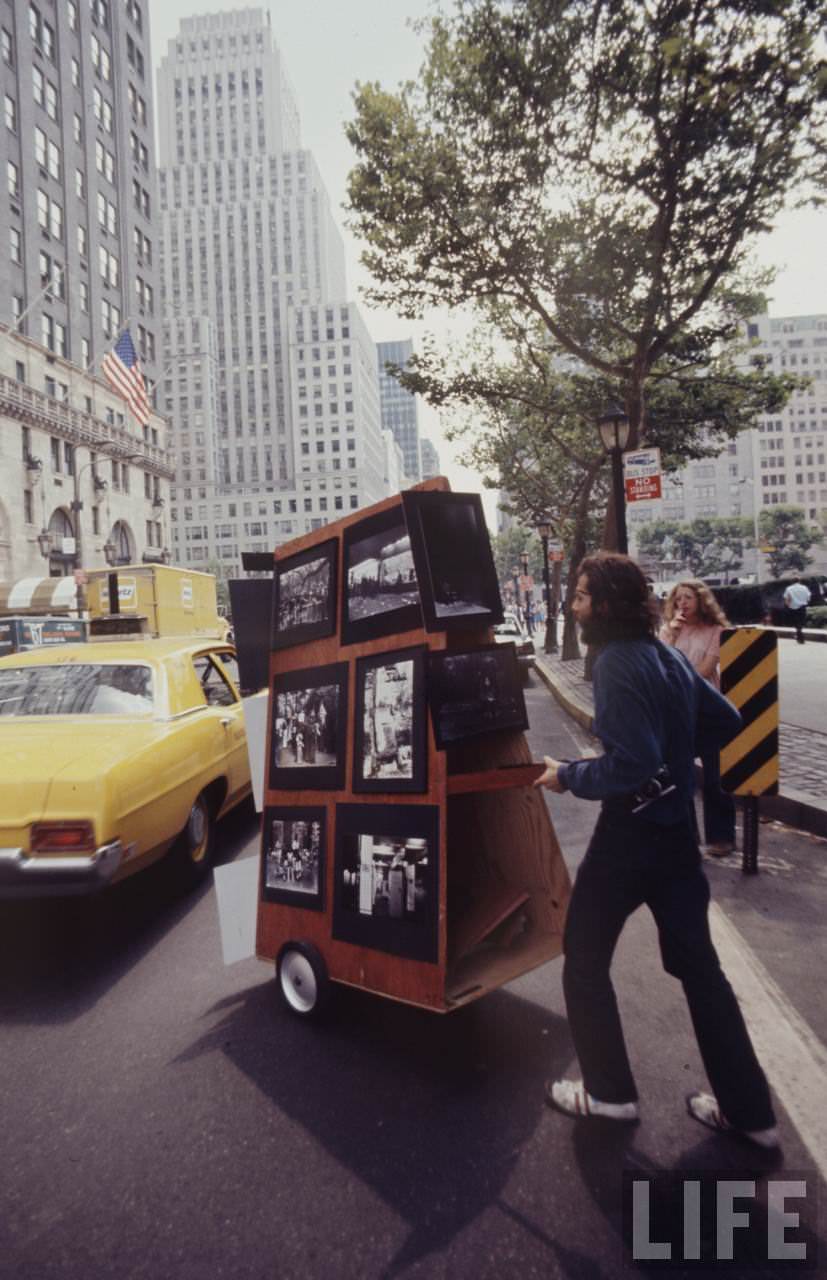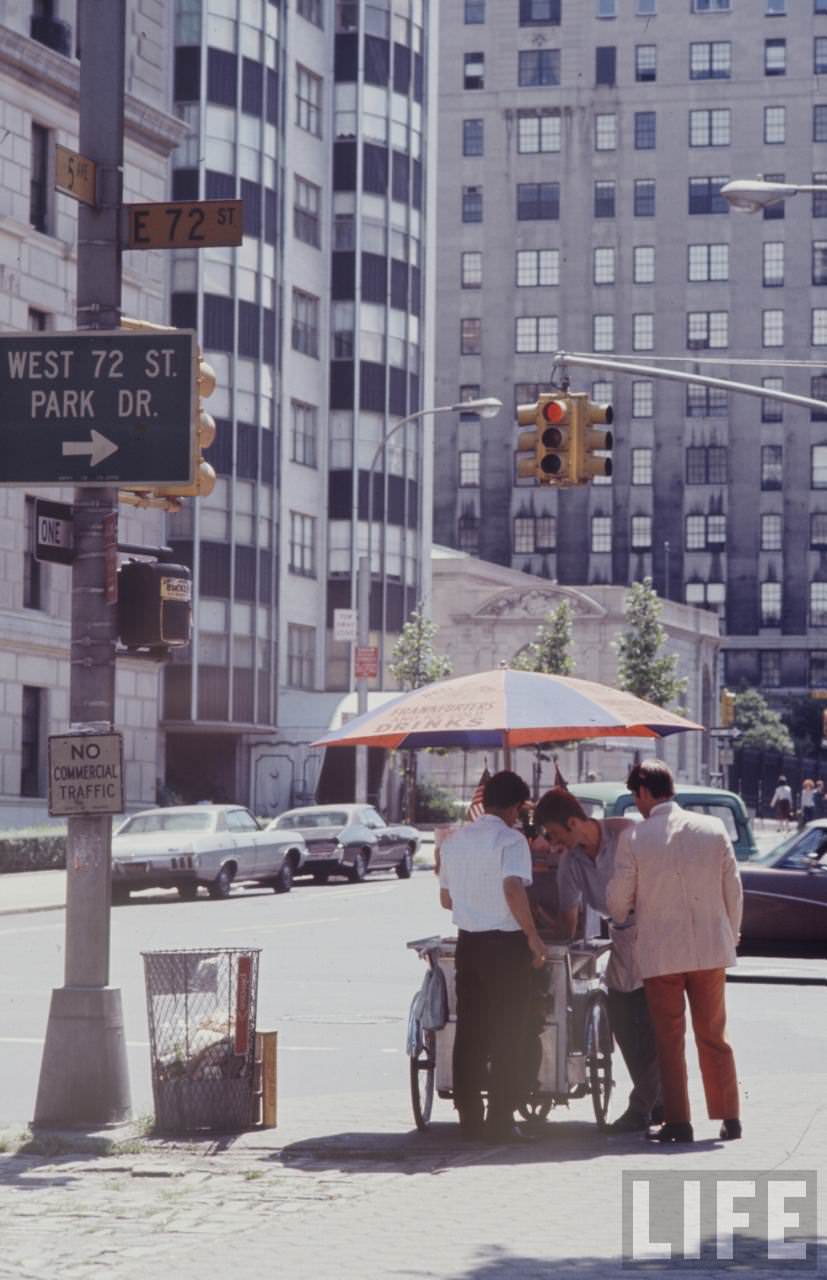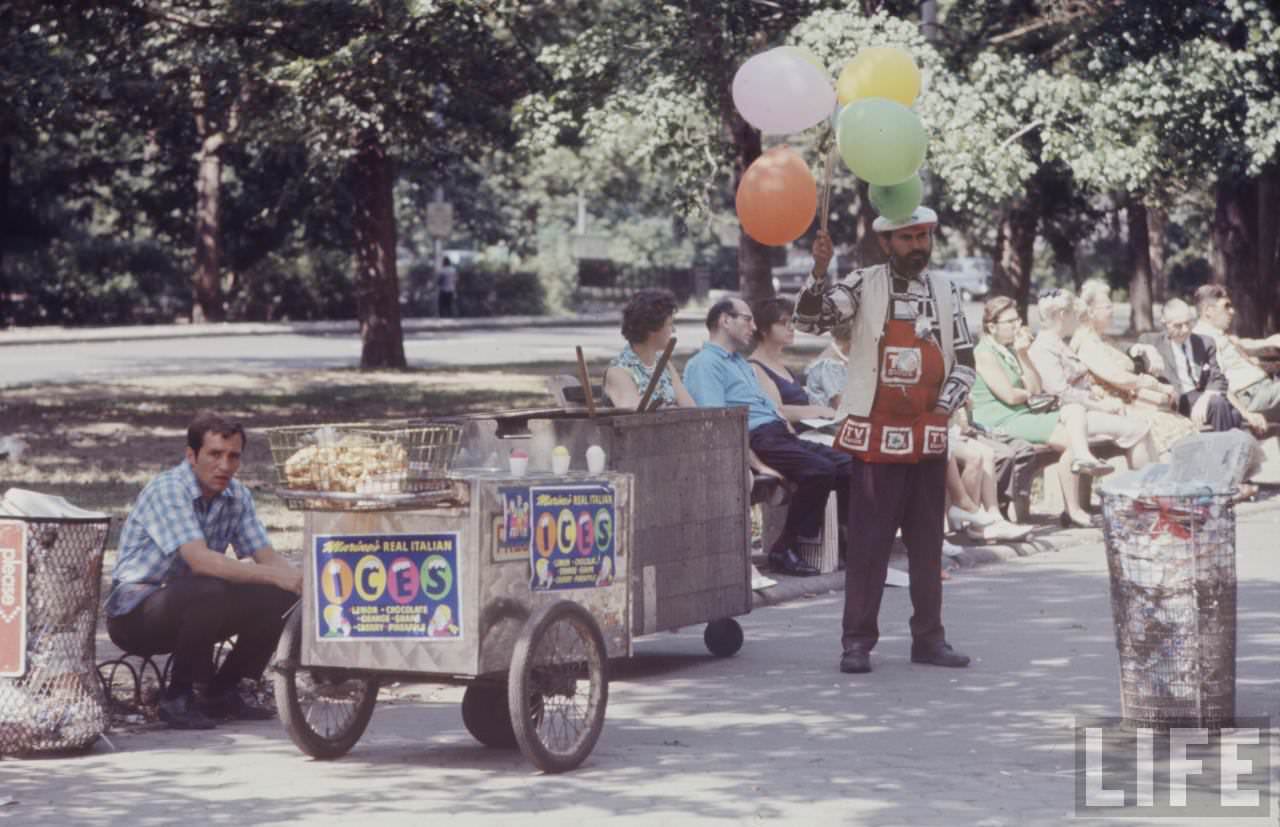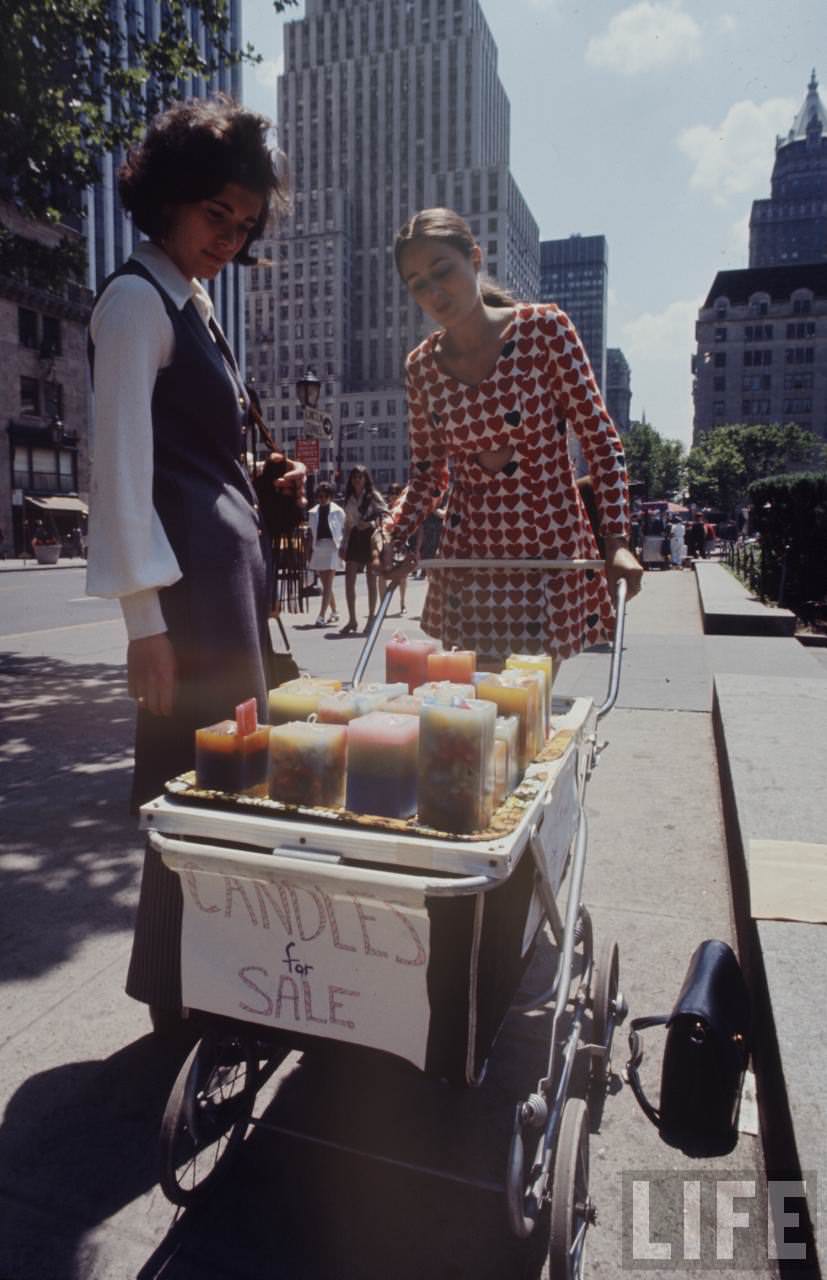In the late 1960s, New York City was a vibrant hub of culture and change. The streets were alive with energy and creativity, and one of the most colorful groups of people at that time were the hippie peddlers. These individuals brought a unique style and spirit to the city, selling their handmade goods and spreading their message of peace and love.
The Hippie Movement
The hippie movement began in the 1960s. It was a reaction against the norms of society. Many young people wanted to break free from traditional values. They embraced new ideas about love, freedom, and self-expression. This movement was closely tied to music and art. Festivals like Woodstock became symbols of this new lifestyle.
Hippies often dressed in bright colors and loose clothing. They wore long hair and beads. This style was a way to show their individuality. Many people who were labeled as hippies didn’t necessarily fit the exact look. Some might have simply sported longer hair or colorful accessories. The label was broad and often subjective.
Read more
Street Vendors
In New York City, many hippies took to the streets to sell their creations. They set up makeshift stands with colorful blankets spread out, showcasing their goods. The items they sold ranged from handmade jewelry to tie-dye clothing. Some even offered artwork or organic foods. These peddlers were not just selling products; they were sharing their way of life.
The street vendors attracted a diverse crowd. Locals and tourists alike were drawn to their unique offerings. People were eager to explore the alternative lifestyle that the hippie movement represented. Shopping from these vendors felt more personal than buying from a store. Each item had a story behind it, often crafted with care and passion.
The Atmosphere of New York City
The atmosphere in New York during this time was electric. The city was a melting pot of cultures, ideas, and movements. Music filled the air from nearby cafes and parks. Artists painted murals on walls, adding to the colorful landscape. It was common to see people lounging in Central Park, discussing philosophy or enjoying live music.
The streets were often crowded, and the energy was palpable. People walked with purpose, but many stopped to admire the creativity of the hippie peddlers. The vendors created a sense of community. Buying from them often felt like joining a movement, even if just for a moment.
The Goods for Sale
The items sold by hippie peddlers were often handcrafted. This made each piece unique. Jewelry made from beads, stones, and shells was popular. Many vendors also sold colorful tie-dye shirts and dresses. These items were not just clothing; they were statements of individuality.
Artwork was another significant part of what these peddlers offered. Some sold paintings or prints, while others displayed photographs that captured the spirit of the times. Many of these pieces reflected the themes of peace, love, and nature. The messages were often simple but powerful.
































